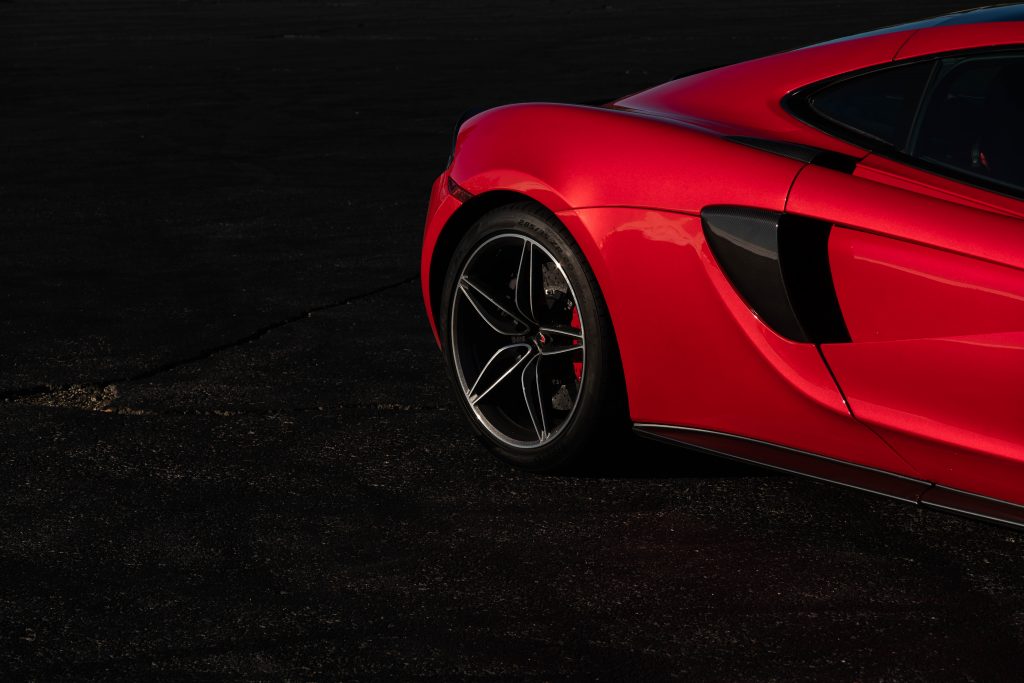Interview: McLaren Automotive Chief Designer Robert Melville
The designer speaks about function, aerodynamics and experimentation
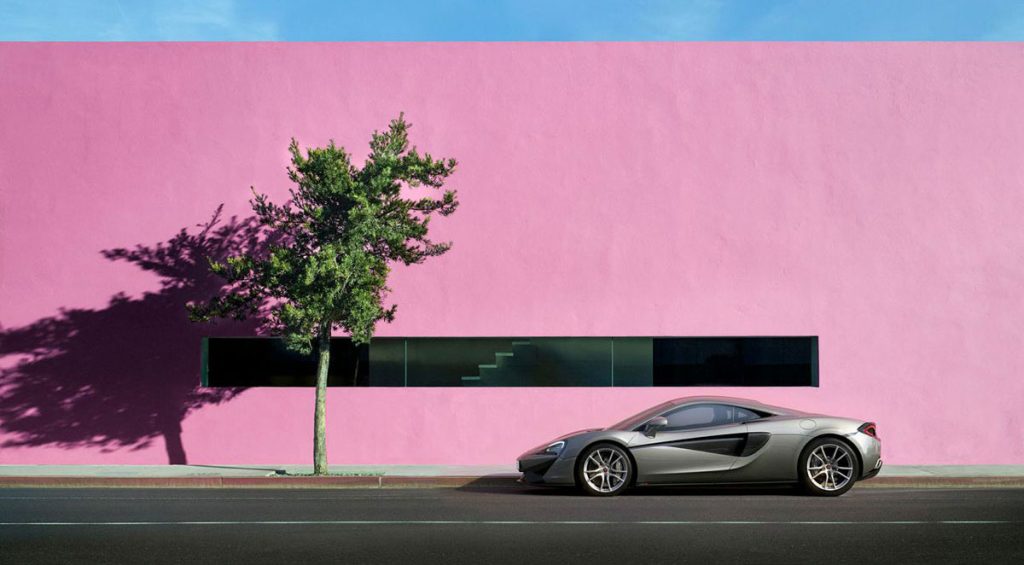
by Michael Frank
McLaren is a race car company that has slowly morphed into making cars for consumers. The present-day voices behind the iconic British brand might shed a softer light on this transition, but like Ferrari before it, the driving force for McLaren until recently was Formula One racing. The cars for the street were there to finance racing, period. However the production cars of late have been so well-received, that McLaren is eventually becoming a consumer brand—albeit one for those shopping for supercars.
At the 2015 New York Auto Show we caught up with McLaren’s 37-year-old Chief Designer, Robert Melville. His pen is behind the P1, which hit the market in 2013, but now Melville’s latest project brings McLaren’s design language into a new era. Melville oversaw the design of the recently unveiled twin-turbocharged V8 570S Coupé, a car that carries a top speed of just over 200 mph and hits lots November 2015.
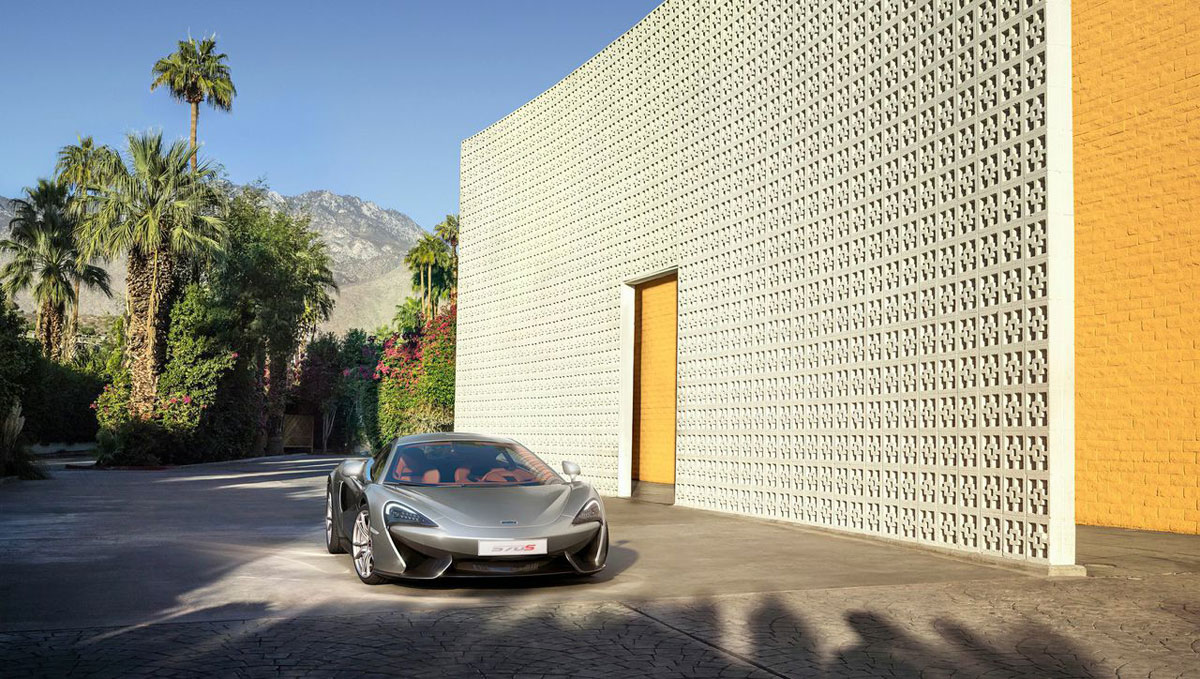
Most importantly, this isn’t a half-million-dollar supercar. With a starting price of $185,000, it’s not exactly cheap, but the idea is to inch toward cars that are thought of as daily drivers, not special-occasion machines. This represents a new push for the brand, with the in-class competition the Porsche 911 range. We’ve driven the latter in traffic and in the rain at over 150 mph on the Autobahn without a fear. McLaren wants buyers to have the same sort of real-world confidence in the 570S. Discussing the 570S’s merits and McLaren speaking to a wider customer base, Melville reveals an oft-forgotten aspect to automotive design: simplicity.
First off, what’s your daily driver?
I drive a diesel Range Rover Defender. I only have a one-mile commute to work, and my wife drives it a lot. It’s pure in its function. But if you ask me what I love from history I’d say the LP400 Lamborghini Countach.
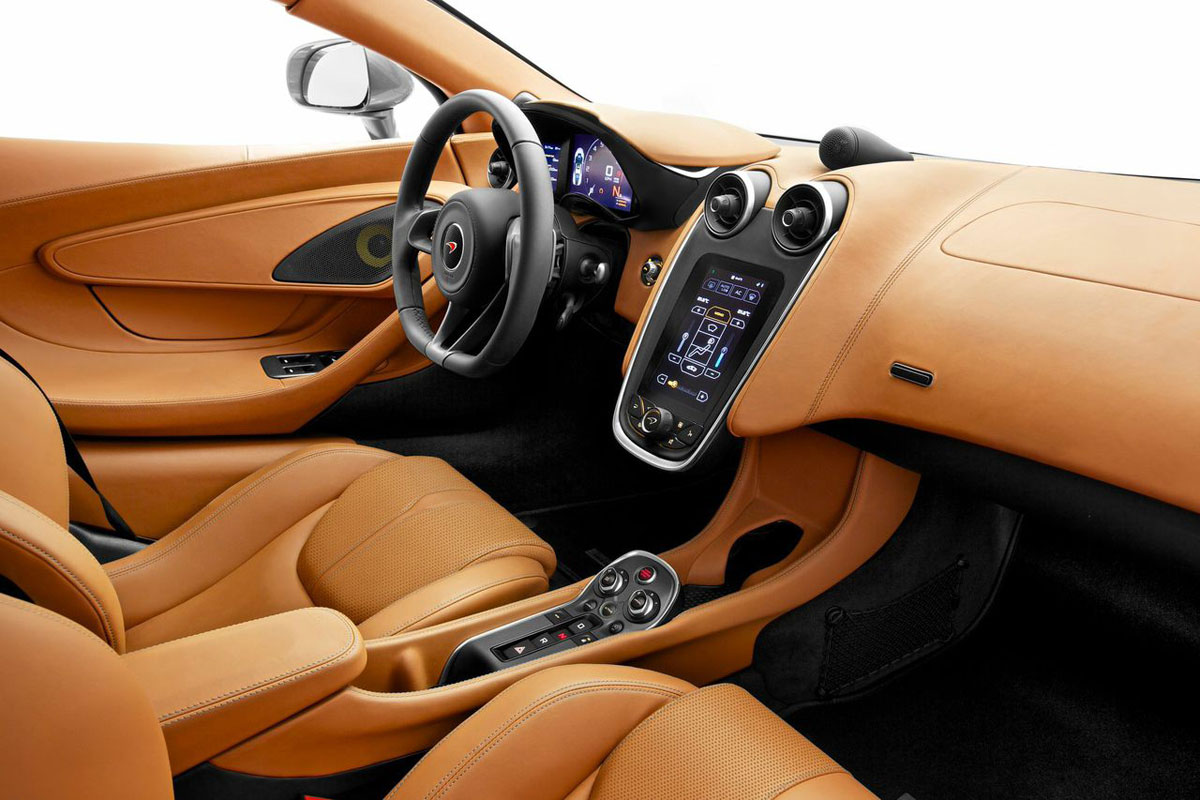
What’s an essential design piece of the 570S that tells us about its character?
You’d see if you owned the 570S that this is a more of a daily driver because there’s more cabin space. The key way you know this is an everyday car is the doors don’t open wide. We have doors that [scissor up] because it adds a bit of theater, a bit of “wow,” but in this car we were careful to have some pragmatism. So they go straight up, so you can step right into or out of the car, and you don’t have to step over a wider door-sill. You just sit down. We’ve chamfered the lip of the door sill so that you don’t have to lift your feet.
We don’t follow trends. Aerodynamics don’t change, only our ability to understand aerodynamics changes.
You’ve been quoted saying that all McLarens must have a function. What does that mean to a non-designer?
We don’t follow trends. Aerodynamics don’t change, only our ability to understand aerodynamics changes. Other carmakers are looking for a design cue that’s unique that’s more of a styling feature. The unique opportunity with McLaren is that we do every shape for a reason. The beauty should be in the function. We’re not going to do a hard crease because that’s the latest stamping technology.
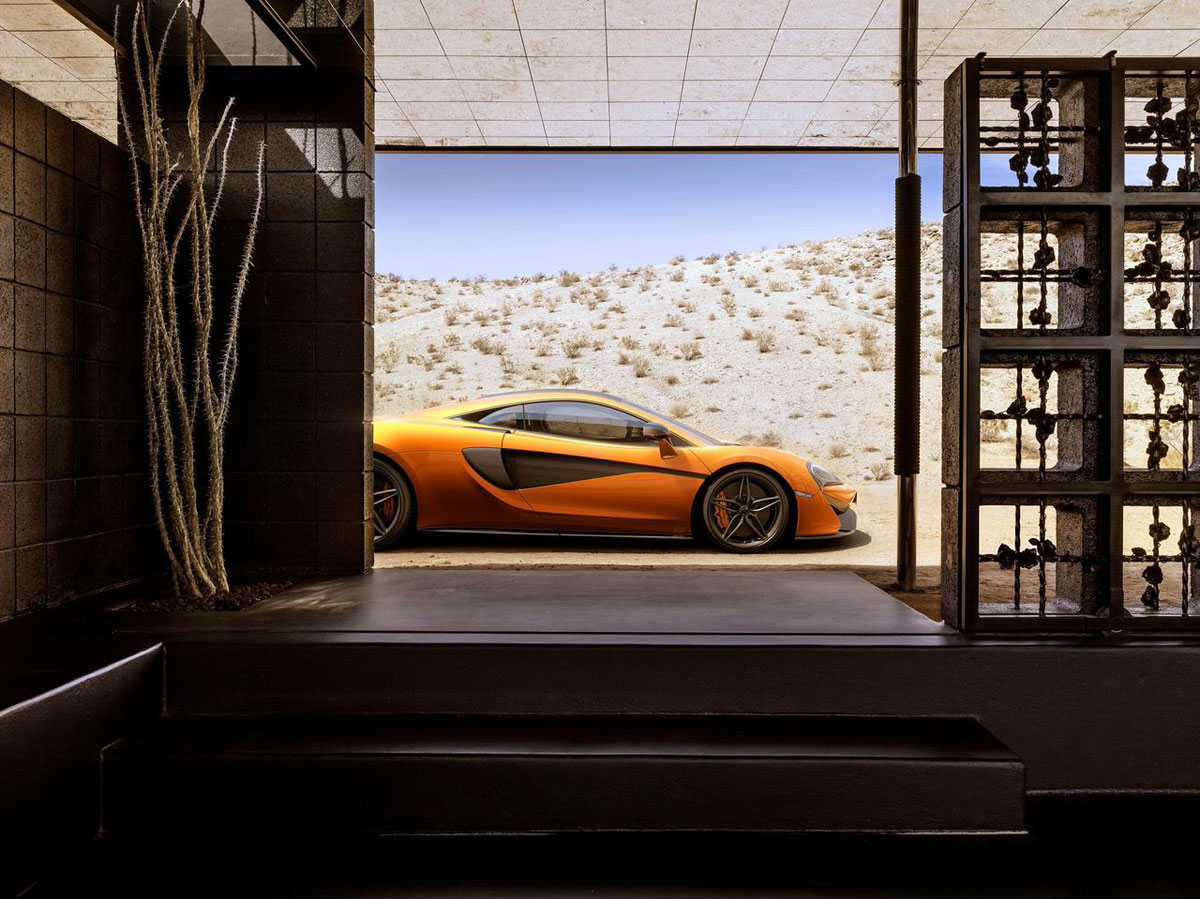
The essence of McLaren is a military design approach. Just up the road from here [at the USS Intrepid, moored in NY Harbor] is the SR-71 Blackbird, and to us that’s a great example of all of these elements working in unison. So on the 570S if you want an example of aero and design working together, take the door tendon and you see a floating fence, where it actually cleans up the airflow of the car and looks beautiful as well. Anyone can see it, even when the car’s not moving—you see a purpose, not a superfluous shape.
There’s a lot of military hardware that’s not so pretty. Don’t you need some whimsy, some romance?
On the hood we have two lines that pierce the shape. It’s not essential to airflow but part of the idea for me is to describe to the driver or to a kid with a poster of a McLaren on his bedroom wall, where the air is going; to communicate the way the air flows around the car. We want this story told visually and sometimes that shape should be softer rather than hard.
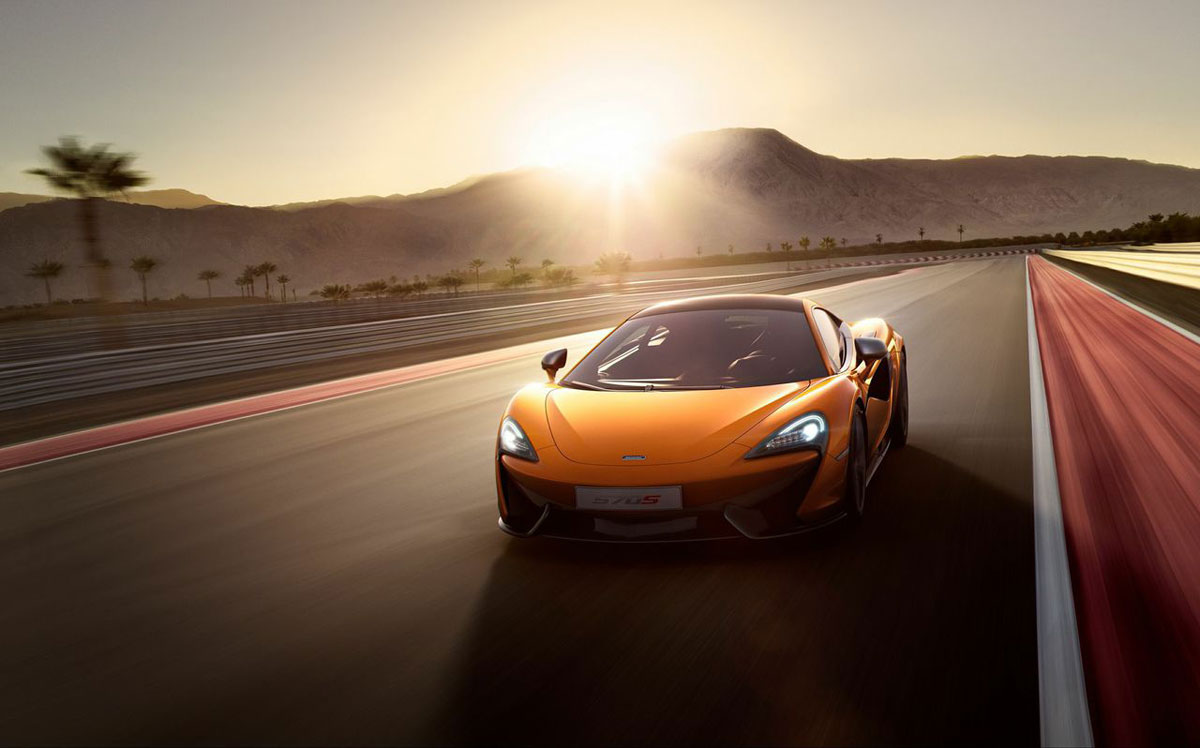
Is there a way that design communicates literally—that what you see is actually physically tangible to the driver?
Sure. A car that wraps around the driver is easier to drive. You also need to be able to see out of the car, and with the 570S you can position the car on the road so easily, because it has a very low cowl [where the windscreen meets the hood]. So you’re far more aware of where the front of the car is, which lets you be more relaxed, even at speed. And that’s down to the same thing that goes into a race car applied to the road car. So in both where the front fender peaks that’s right above the center hub of the front wheels, so you know that whether you’re steering through an apex or when you pull up to park next to a curb. You can both see and feel that in the steering of the car, so it communicates without you even thinking. This is just fundamentally good product design.
You’re calling this “shrink-wrapped” design. Can you decode this for us?
This philosophy runs through all our products. It’s not new. It’s exactly what we do in racing. Shrink-wrapping is a way for the customer to see that the engineering is like muscle under the skin, the same way on an animal or a fit person you see tendon, muscle underneath. Bringing the panels over the top is like skin and sinew over the skeleton of anything that’s alive. You also want the feel, in a car, that there’s something alive mechanically underneath.

Beyond McLaren, the carmaker. Design something else for us. What is it, and why is it a McLaren product?
Say we made a knife. We might experiment with materials. We’d see if you could 3D-print something and then add back mass; we’d want something like a bone structure throughout so it would have balance. If you did a cutaway of that knife you’d see that it was elegant on the inside and the outside. We’d maybe go to Japan to get the finest steel as well. And then what you’d get in the end, when you held it, you’d go, “Wow, this just feels better than anything I’ve ever held before.” The shape would be beautiful and tell you that the function was inherent. That’s what McLaren is with everything we do.
Images courtesy of McLaren

